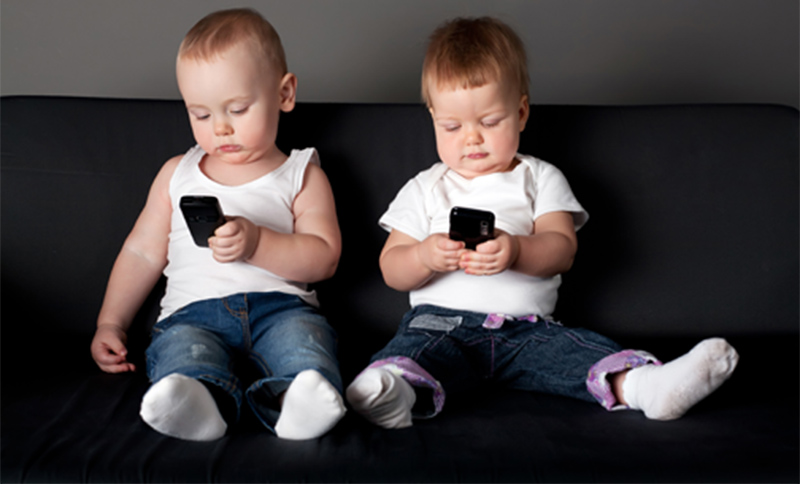There’s no doubt that Wi-Fi is a convenience that has made our lives easier. But could it be that this convenience comes at a price? There are conflicting opinions and the subject is one of the most controversial debates surrounding technology and health. Given that Wi-Fi was only introduced in 1997, there has not just been enough time to carry out thorough and conclusive studies into the dangers associated with it, especially over longer periods of exposure.
As the dangers lying in wait in the domain have been greatly covered – including the safety measures you can implement, such as identity and location protective software (see here), we have looked at the dangers away from the browsers or devices, and examined if the data waves themselves are at risk of causing harm to you or your family.
One issue that many parents are concerned about is whether it could be having an adverse effect on their children. The current generation of children are one first to have Wi-Fi signals in their home since their birth. Could it be possible that this puts them at a greater risk than anyone else?
What are the potential dangers of Wi-Fi?
First we should have a look at some of the possible problems and concerns that Wi-Fi could cause. There is no shortage of theories about the issues that Wi-Fi might be involved in – mostly these relate to how Wi-Fi signals mess with cognitive function. There have been reports and controversial claims that have linked exposure to Wi-Fi with everything from insomnia and reduced brain function to decreased fertility in men and women, and even the development of cancerous tumours.
The good news is that the vast majority of these reports are entirely groundless and there has been very little scientifically verifiable evidence of Wi-Fi causing harm. Many of the scare stories surrounding Wi-Fi are linked to the fact that Wi-Fi is a form of radiation. So let’s look at why they don’t add up.
The source of the myths
It’s undeniable that some forms of radiation are very dangerous to human health. We only need to think about the dangers of gamma rays, x-rays and ultraviolet light to see that it’s not unreasonable to think that radiation from Wi-Fi could be dangerous. However, there is a misconception here that all radiation carries the same dangers. Radio waves and visible light, for example, are other forms of radiation that have no adverse effects on human health.
It appears that Wi-Fi transmitters fall into the categories with radio and visible light – they simply are not strong enough to cause any damage. In fact is has been suggested that you will receive a larger dose of radiation from a 20-minute phone call than you would from sitting in a room with Wi-Fi for a year.

But are children more at risk?
As ever, scientific consensus can always change in the light of new evidence. A 2014 study concluded that children, babies and foetuses were more at risk for exposure to Wi-Fi radiation due to the fact that they have thinner skulls and ‘more absorbent’ brain tissue. On the surface this sounds quite worrying, especially as many children regularly use devices that require Wi-Fi to play games or socialise with friends.
However, there should be no immediate cause for alarm. The study takes for granted a highly disputed claim that we have already addressed: the suggestion that Wi-Fi is a danger and even that it is carcinogenic. The study itself does not provide any new primary sources; it is an analysis of previous studies. To have reached the conclusion that Wi-Fi is dangerous, the study ignores the growing base of evidence that it is not.
It then comes to the conclusion that the weaker and less developed cells in babies and children are more at risk to that Wi-Fi radiation. Which might well have be true if it were not for the fact that Wi-Fi radiation is not dangerous.

















